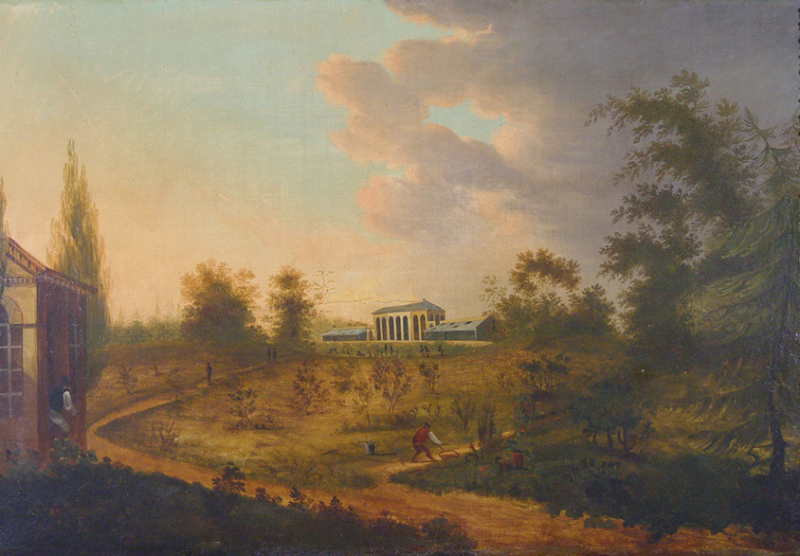Victoria Johnson’s Research Takes Her to the LuEsther T. Mertz Library
Posted in Humanities Institute on May 31 2019, by Plant Talk
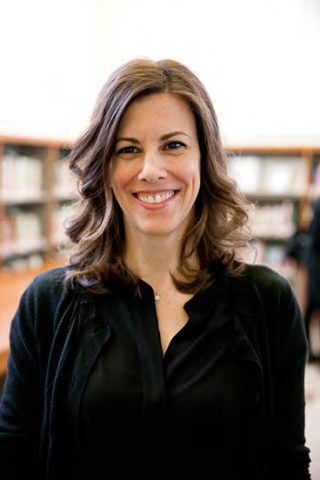
Victoria Johnson, Associate Professor of Urban Policy and Planning at Hunter College, studied at The New York Botanical Garden’s Humanities Institute during the summer of 2016 as a Mellon Visiting Scholar, sponsored by the Andrew W. Mellon Foundation.
Dr. Johnson conducted research for her biography of David Hosack (1769-1835), an American doctor best known today as the attending physician at the July 1804 duel between his friends Alexander Hamilton and Aaron Burr. In 1801, Hosack founded the Elgin Botanic Garden, a pioneering medical research garden where he amassed thousands of native and non-native species and trained a generation of doctors and botanists. His former land is now the site of Rockefeller Center.
In her research at the LuEsther T. Mertz Library and Archives, Dr. Johnson drew on primary sources connected with Hosack’s life and work, including plant catalogues from the Elgin Botanic Garden and botanical treatises Hosack had brought back from his studies in Britain as a young doctor. She also studied archival sources connected with Hosack’s botany students as well as dried plant specimens collected for the Elgin Botanic Garden by Hosack and his students (held today by the William and Lynda Steere Herbarium).
Dr. Johnson’s work was published in 2018 as American Eden: David Hosack, Botany, and Medicine in the Garden of the Early Republic (Liveright/W. W. Norton, 2018). The book was named a Notable Book of 2018 by the New York Times and was one of five finalists for the 2018 National Book Award in Nonfiction. For more information, see americaneden.org.
The following is an excerpt from American Eden. The plant names are those used by Hosack.
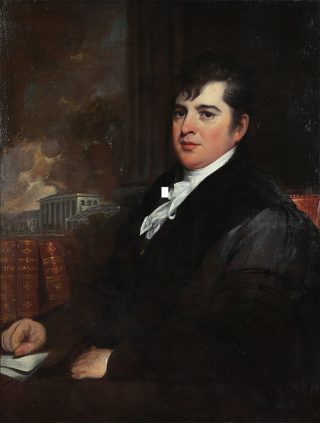
It was Hosack’s own fault that so many people and organizations were clamoring for his attention these days. “Flora does not receive from me those attentions which are due to her,” he lamented in March 1804 to a Danish botany professor named Martin Vahl. Vahl, a former student of Linnaeus, had heard about the new American garden and shipped Hosack a small collection of dried plants. Hosack felt honored by the gesture. He promised Vahl that he would soon send over some specimens from “this almost unexplored country.” He confided to this brother botanist that he longed to devote himself to his garden. Instead, he was penned indoors in the lecture hall, the sickroom, the surgery. He needed more pairs of hands.
He soon found them. Two of Mary’s nephews, Caspar Wistar Eddy and John Eddy, came to work with him at the garden. John, who was nineteen, already lived in New York, while Caspar came up from Philadelphia. Caspar was just twelve years old. Hosack trained the boys in Linnaean botany, thus passing on to these young Americans what the British heirs of Linnaeus had taught him. He made sure they understood that no species was too humble for their regard and that they should write down exactly when and where they found each plant. He taught them to collect as much of the plant as possible—roots, stem, leaves, flowers, seeds—instead of tearing at them like heedless children. He showed them how to carry the specimens back to the garden safely. He explained which ones they should set aside for planting and which they should press, dry, and mount to go into the herbarium.
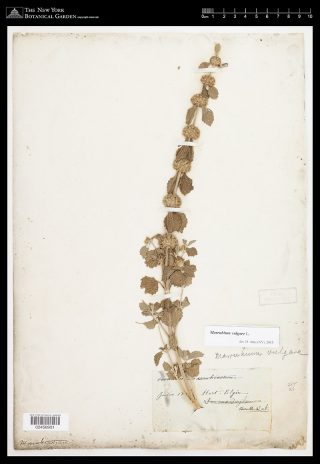
Then he sent his nephews out into the sunlit world. Patches of green old Mannahatta still sprouted between the boarding houses and shops, behind the mansions and the shacks, on the beaches below the prison and the piers. Caspar did most of the collecting, while John excelled at preparing and mounting the plants. Hosack lectured at Columbia and walked the halls of the hospital and the prison. The boys wound their way among raspberry brambles and sweet briar roses. And as they scouted for specimens around the city, they drew upon the stored-up wisdom of their uncle. They brought him a back a sample of boneset—his prized fever remedy—and another of a pretty yellow buttercup (Ranunculus acris) with medicinal powers that Curtis had also been growing at Brompton. Caspar collected branches of white oak (Quercus alba), scarlet oak (Quercus coccinea), and dogwood (Cornus sericea). He found a feathery bracken that Linnaeus had named Pteris aquilina, eagle fern, for its winglike fronds. He brought Hosack a branch of a shrub called inkberry (Prinos glaber), whose dark fruits were sometimes used to dye cloth. And in some corner of the city where the boys’ boots could still squish into the boggy earth, a place not yet hardened over by streets and sidewalks, Caspar found the damp-loving Saururus cernuus, known familiarly as nodding lizard’s tail.
The boys ranged farther and farther from the city. Up the island near the village of Harlem, Caspar harvested rabbit’s foot clover (Trifolium arvense). The boys ventured across the Hudson to Hoboken and found primrose-leaved violets (Viola primulifolia). Near Weehawken, it was wild grapes (Vitis labrusca and Vitis vulpina) and viburnum (Viburnum dentatum and Viburnum lantana), and on the Paulus Hook beach, Caspar collected a beautiful flowering vine called sea pea (Pisum maritimum). In a marshy spot nearby, he stumbled on a carnivorous plant called side-saddle flower (Sarracenia purpurea). They crossed the East River to Long Island and gathered samples of prickly salt wort (Salsola kali), watercress (Sisybrium nasturtium), a cherry tree (Prunus serotina), and a hazel tree (Corylus avellana). Near the town of Brooklyn, he found sea lavender (Statice limonium).
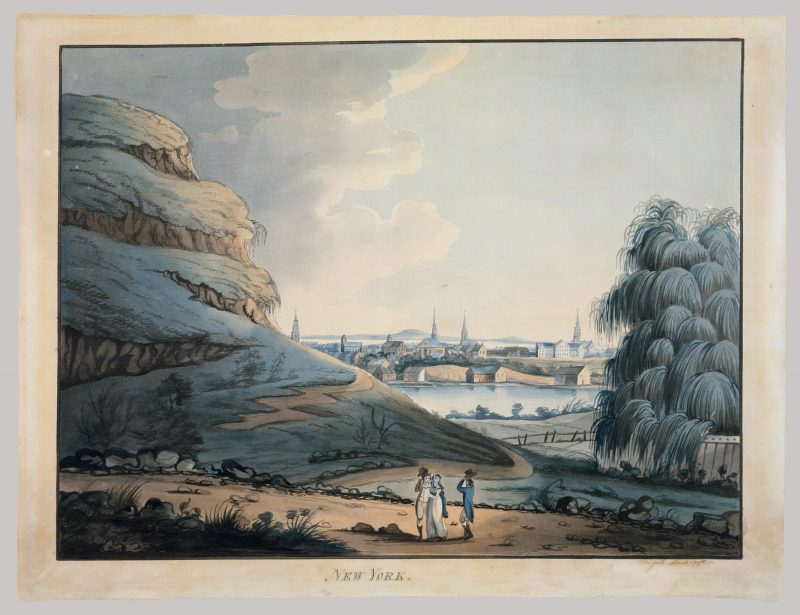
John Eddy was deaf. He could not hear the waves beating against the Paulus Hook ferryboat, the whisk of dry grass around his ankles as he crossed a field, or the snap of a branch between his hands. Hosack was teaching him botany by means of “an artificial alphabet formed by the fingers,” as he wrote Vahl. He was illustrating John’s lessons with the volumes he had brought back from London. And now John was discovering a world that eluded most New Yorkers. The city’s thick green backdrop was dividing itself before his eyes into the tidy compartments of his uncle’s mind. Herbaceous, woody; perennial, annual; poison, remedy. John memorized the names of plant families, their genera and species. Hosack encouraged him to assemble a little herbarium of native plants. They could use the specimen sheets prepared by Linnaeus as models. Then they would send John’s handiwork to Vahl in Denmark.
John chose plants that captured the whole range of New York’s flora, from tiny woodland flowers to snippets of great trees. He dried and pressed dozens of specimens, then positioned them on clean sheets. The crisp starry flowers of wood anemone (Anemone nemorosa), the faded pink of Carolina roses (Rosa Carolina), the floppy white blooms of rock rose (Rhododendron maximum), a twig of white oak (Quercus alba). Hosack wrote a friendly letter to Vahl and enclosed it with the collection. He said both his nephews showed great promise as naturalists, but John had made “very astonishing progress.” He wanted to spread the word of John’s accomplishments to botanists around the world, because his story might inspire others. Hosack was touched that John took such “delight in Botanic pursuits that it very much diminishes his misfortune in being deprived of the many sources of pleasure which pass through the channel of hearing.”
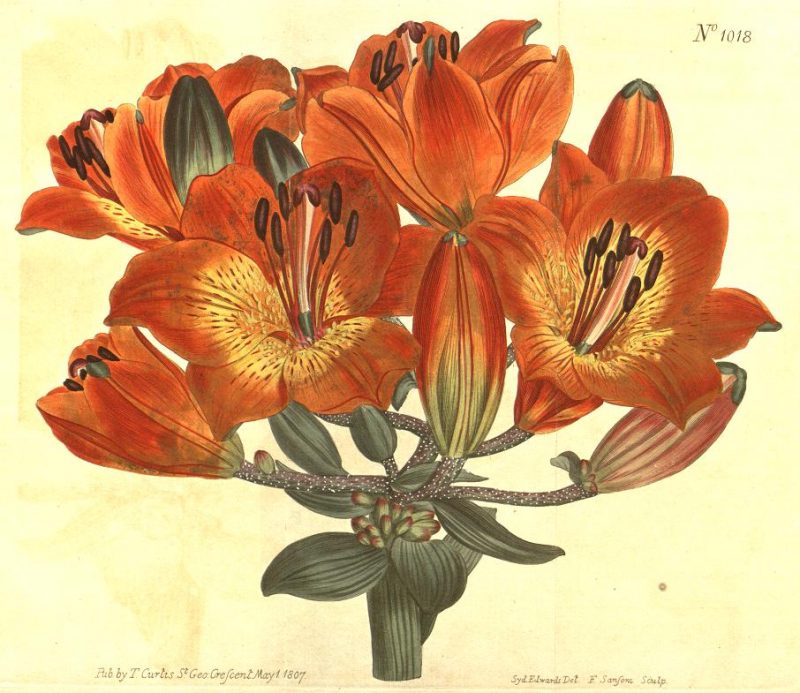
In turn, Hosack was reaping the fruits of John’s newfound passion—and of Caspar’s, too. The boys circled back to him from their ramblings with their stacks of native specimens to be planted or dried. Hosack took out his leather-bound memorandum book and wrote down the Latin names of the ones he could identify. When he needed help he scoured the illustrations in Curtis’s Botanical Magazine and the descriptions in Linnaeus’s Systema Naturae.
The clay pots he had set out at the garden began to fill up with plants. He bought more.
